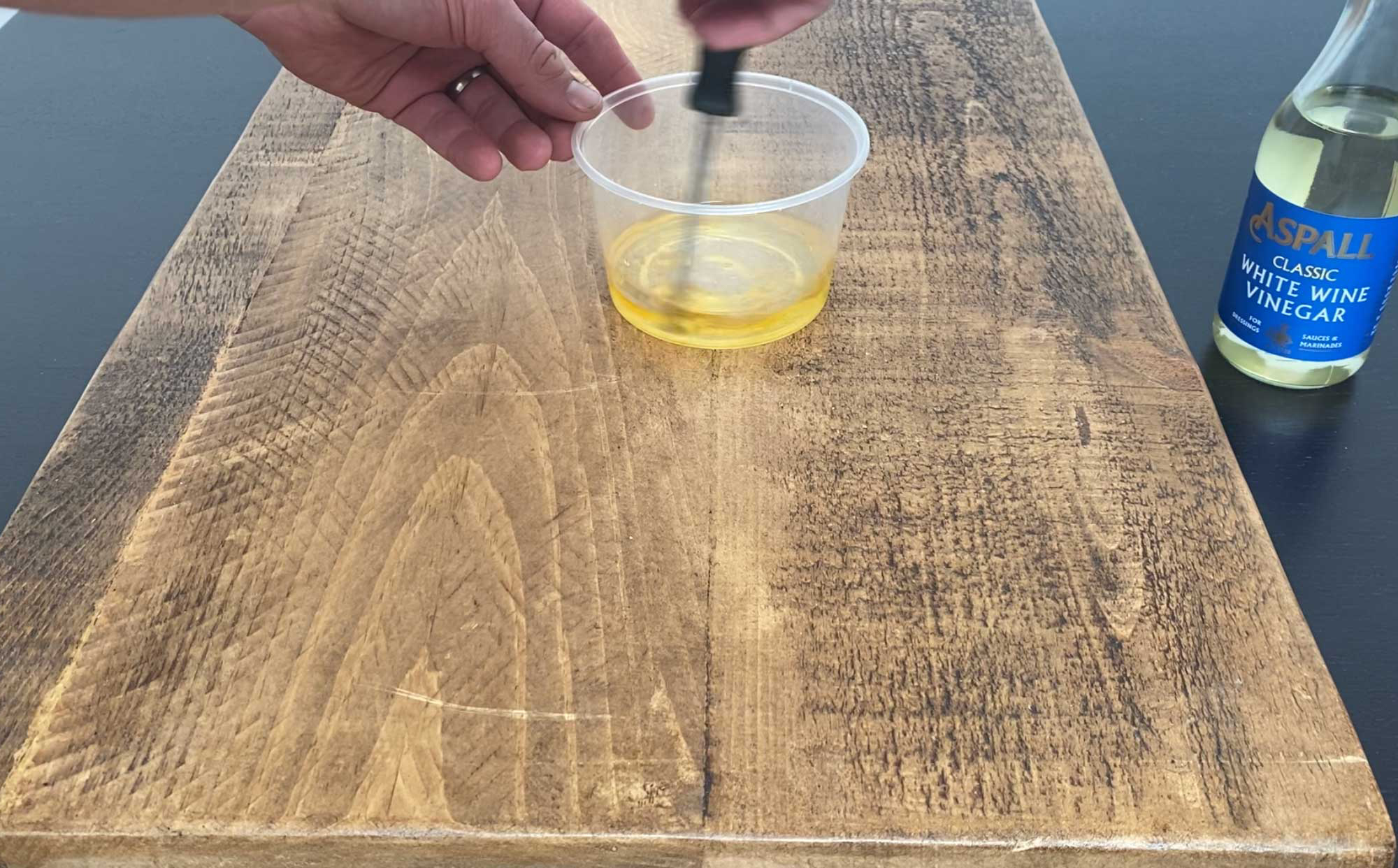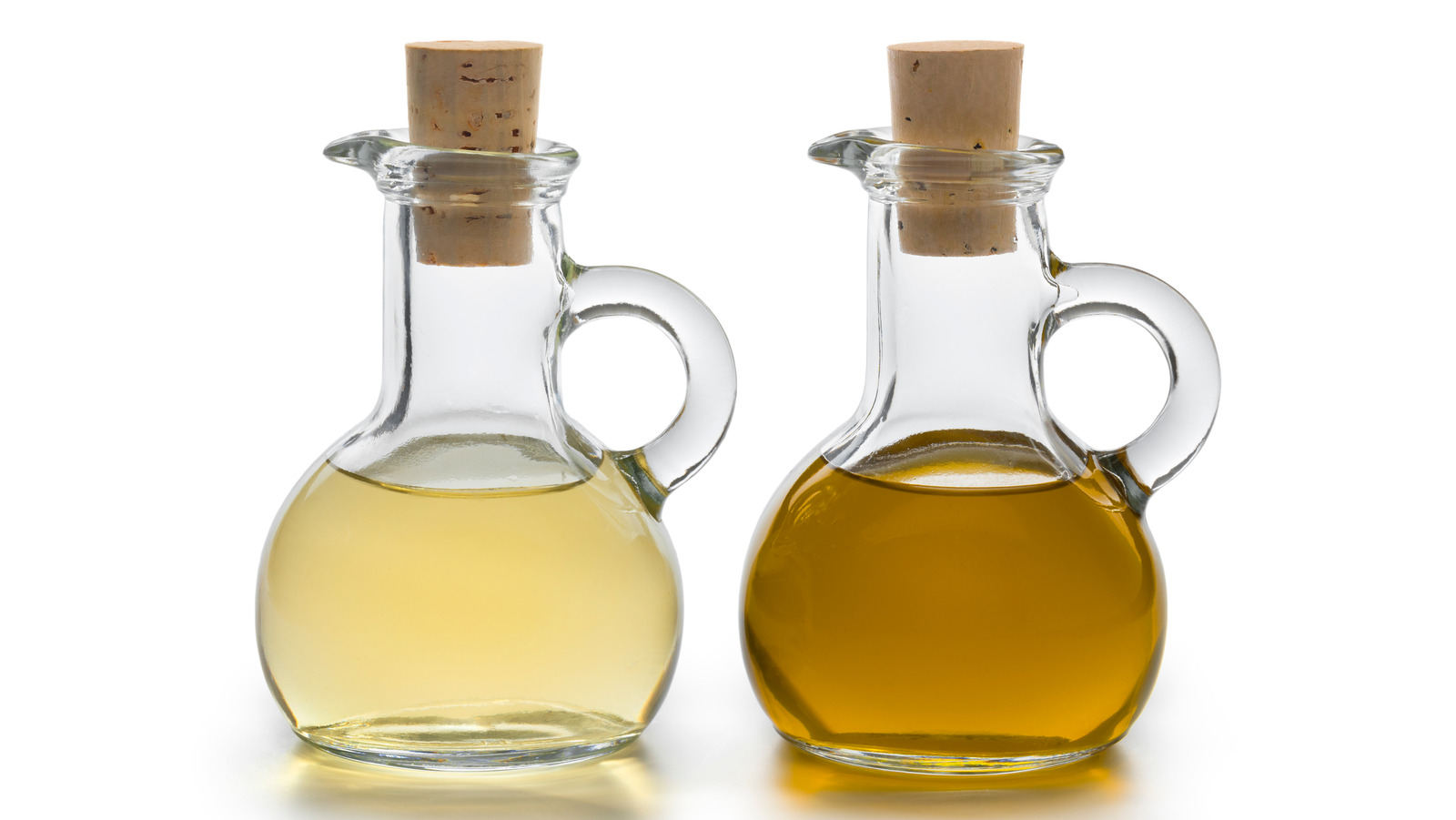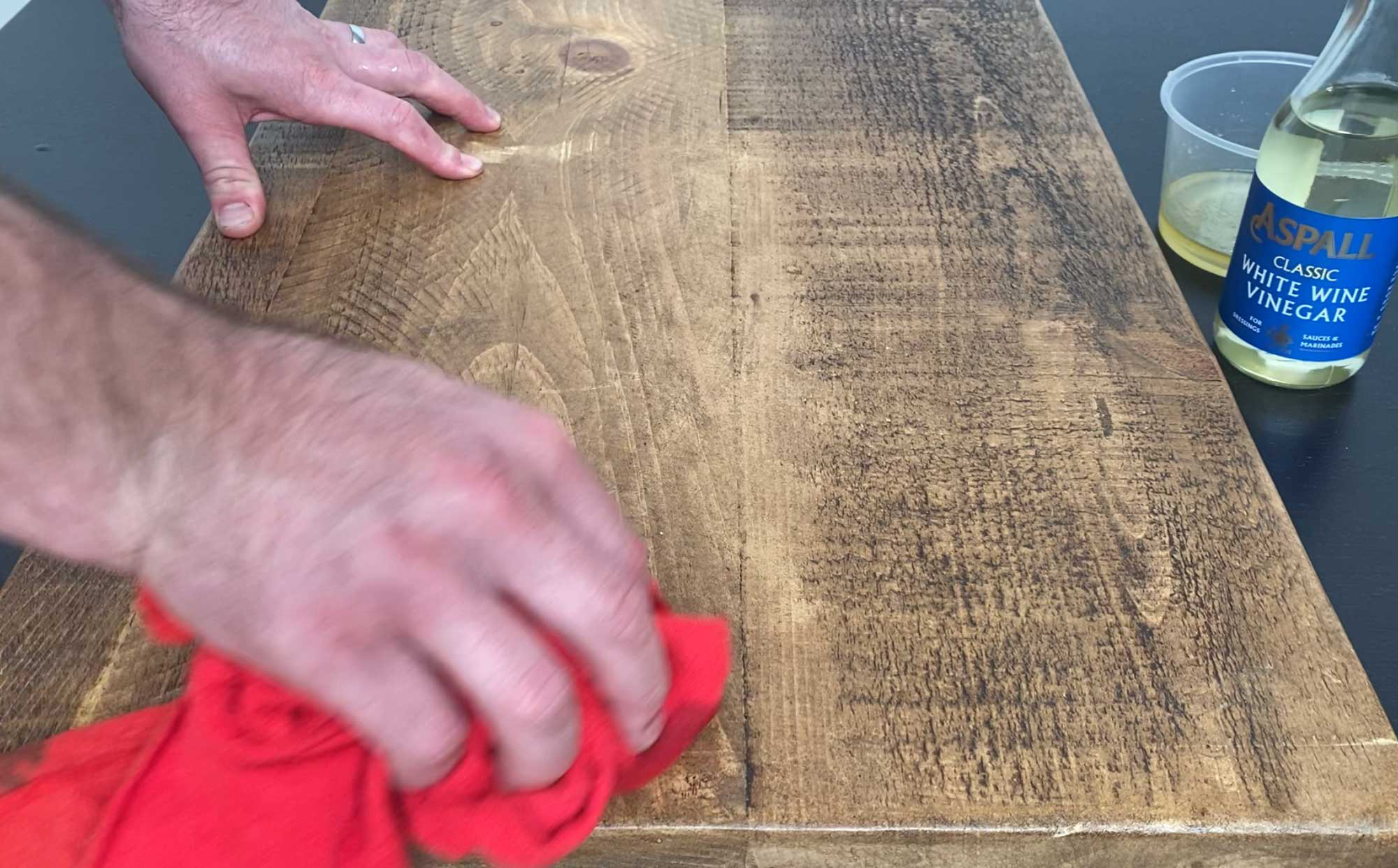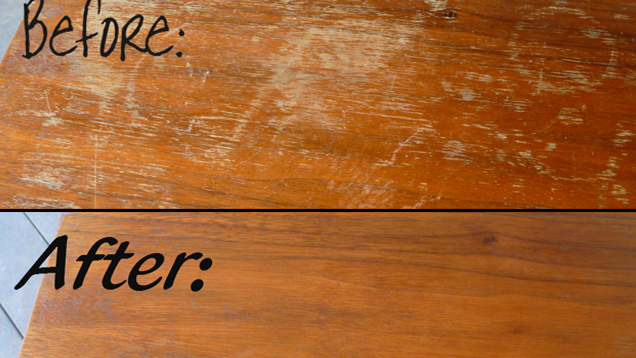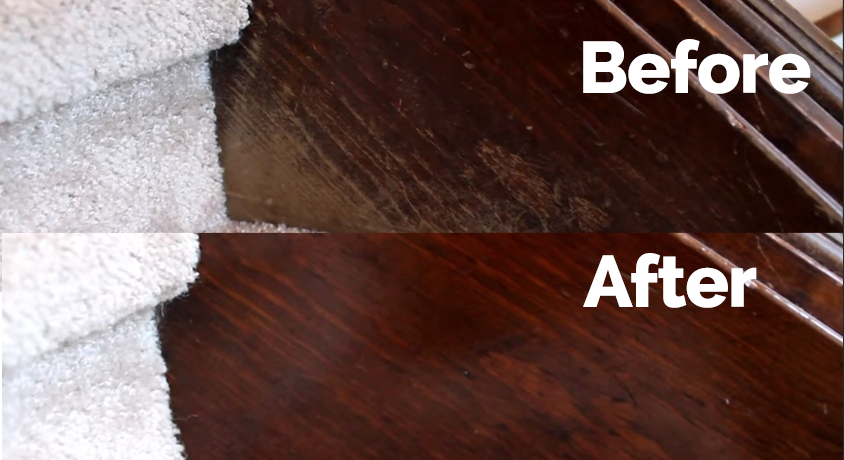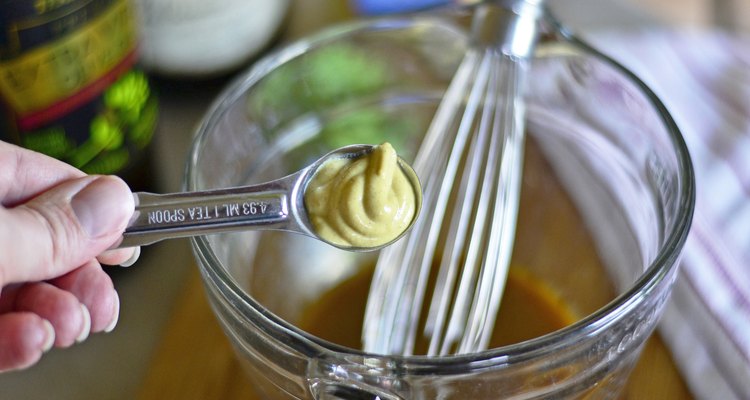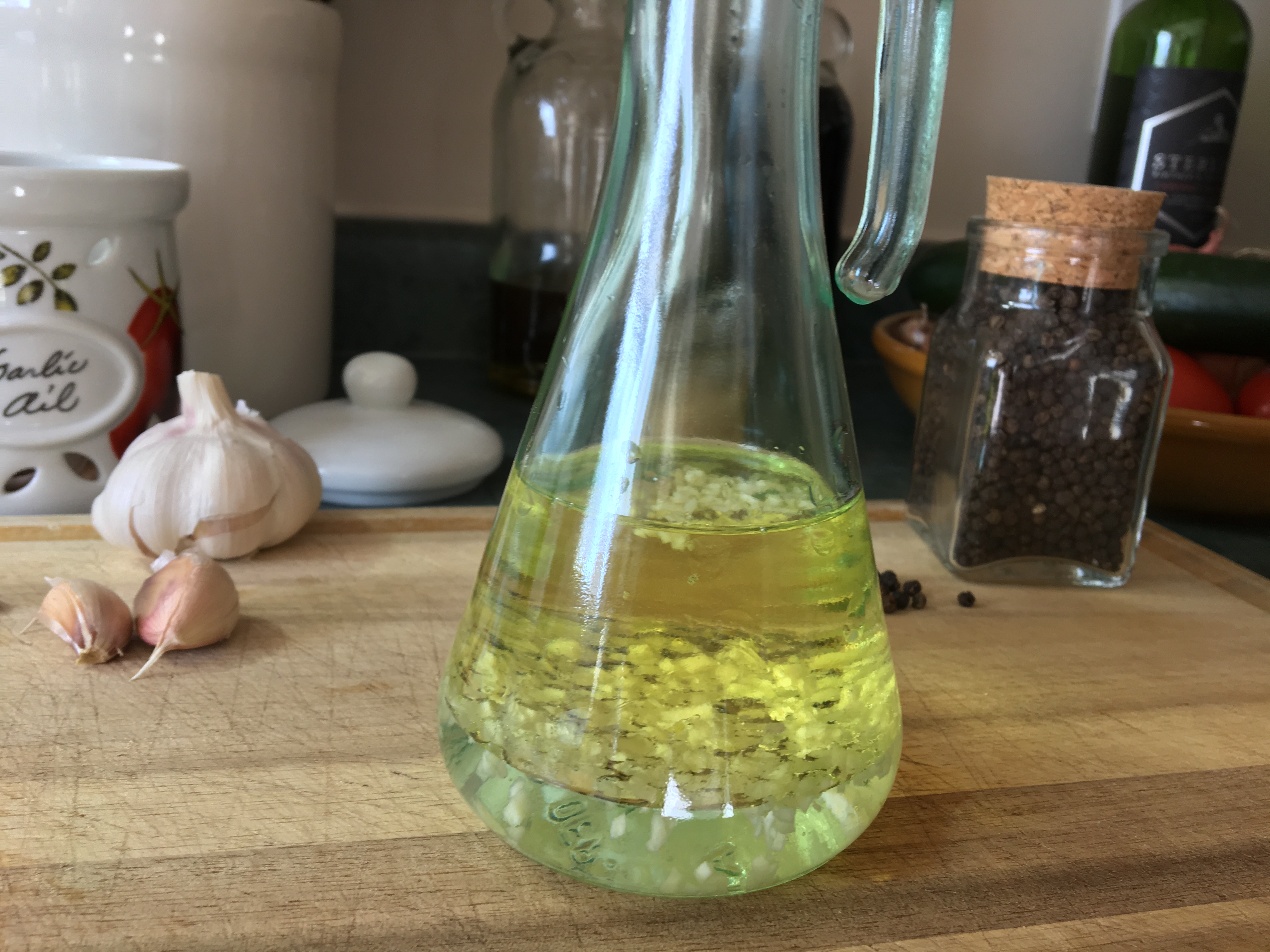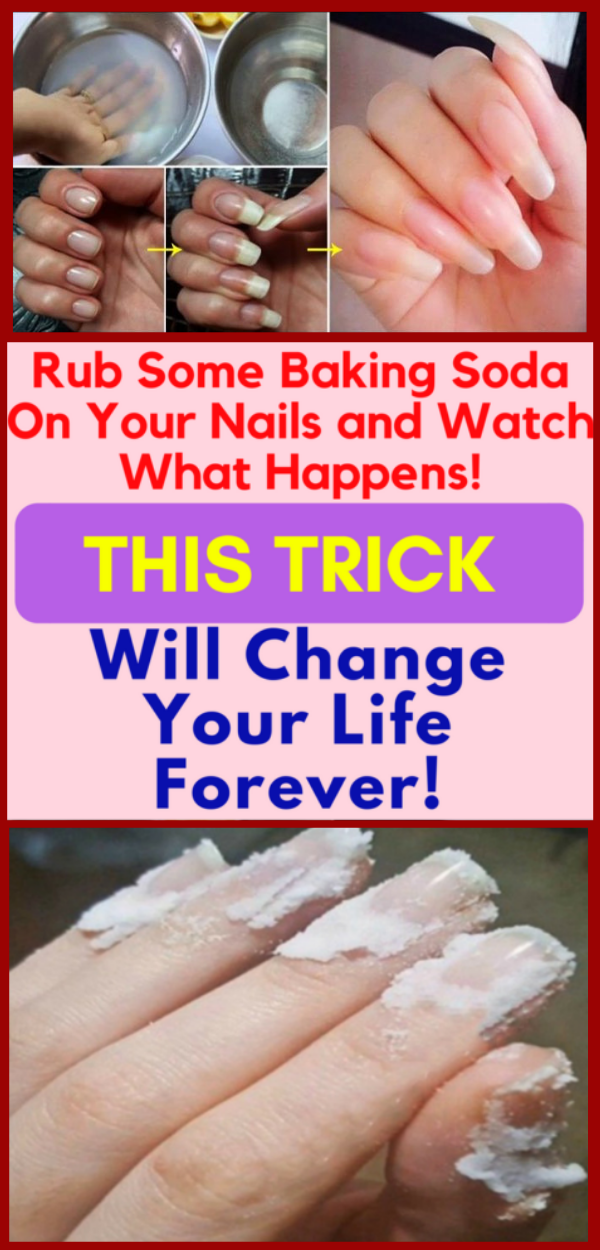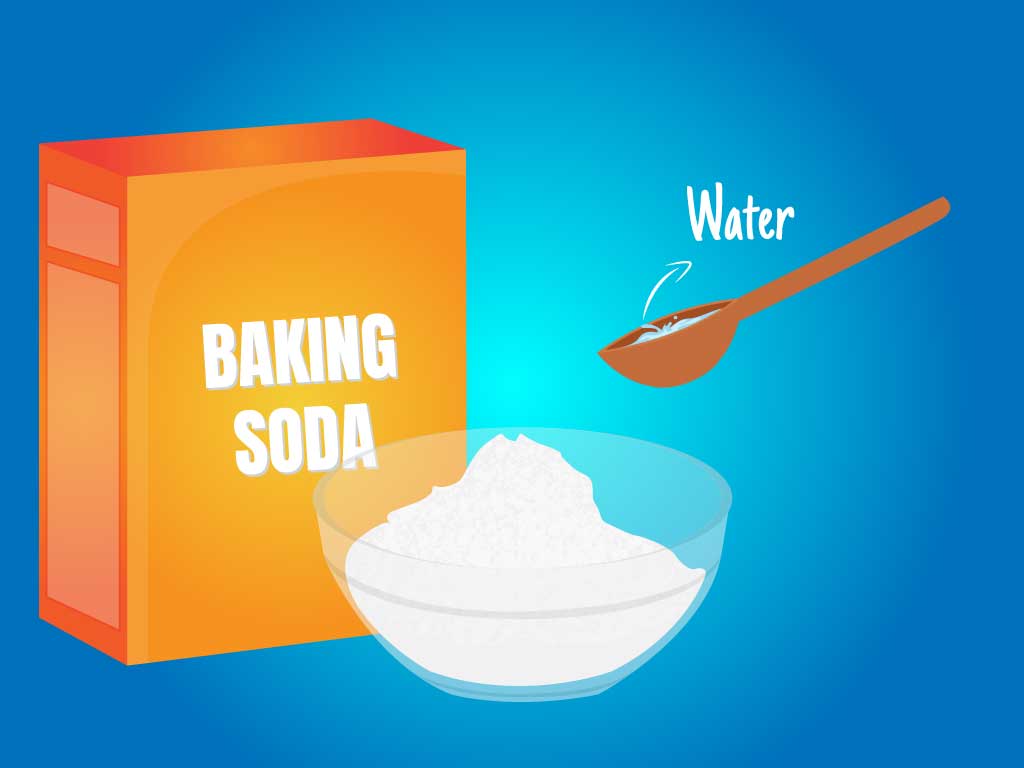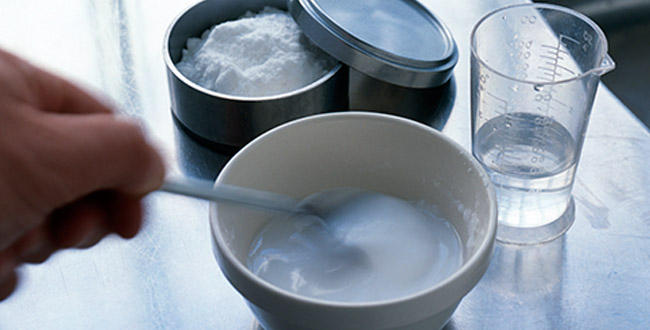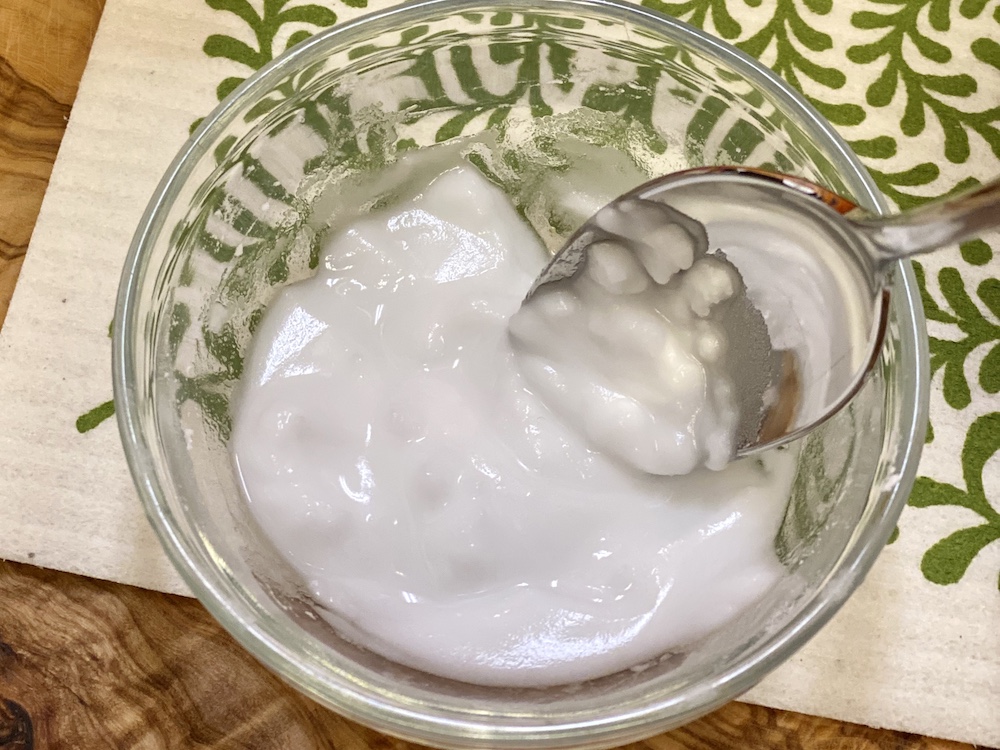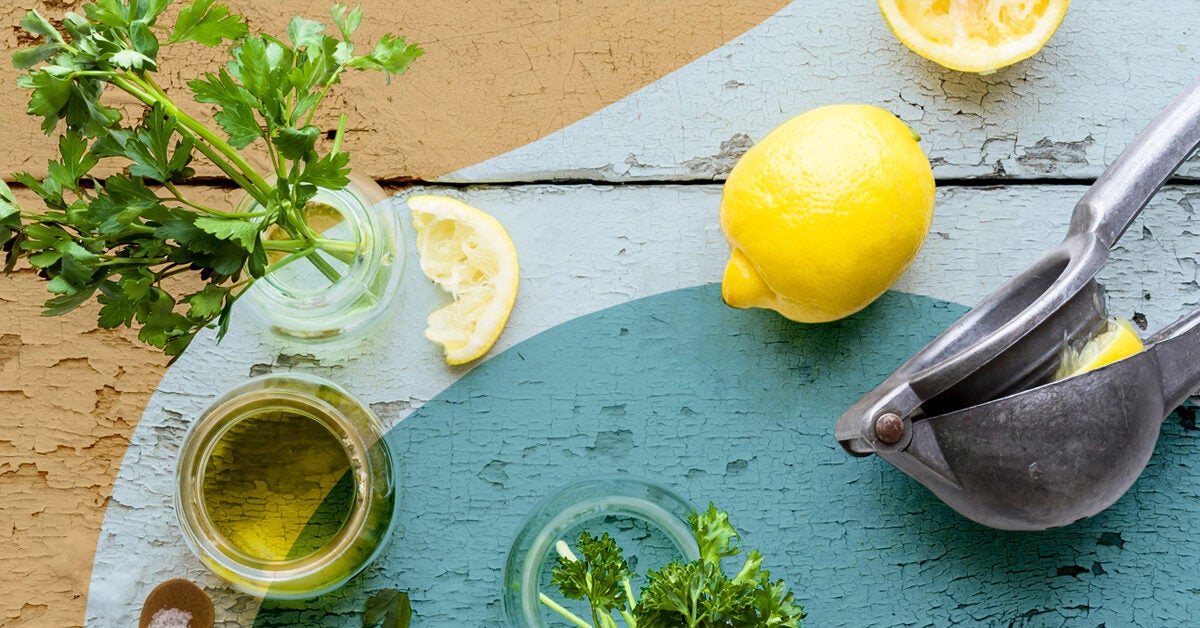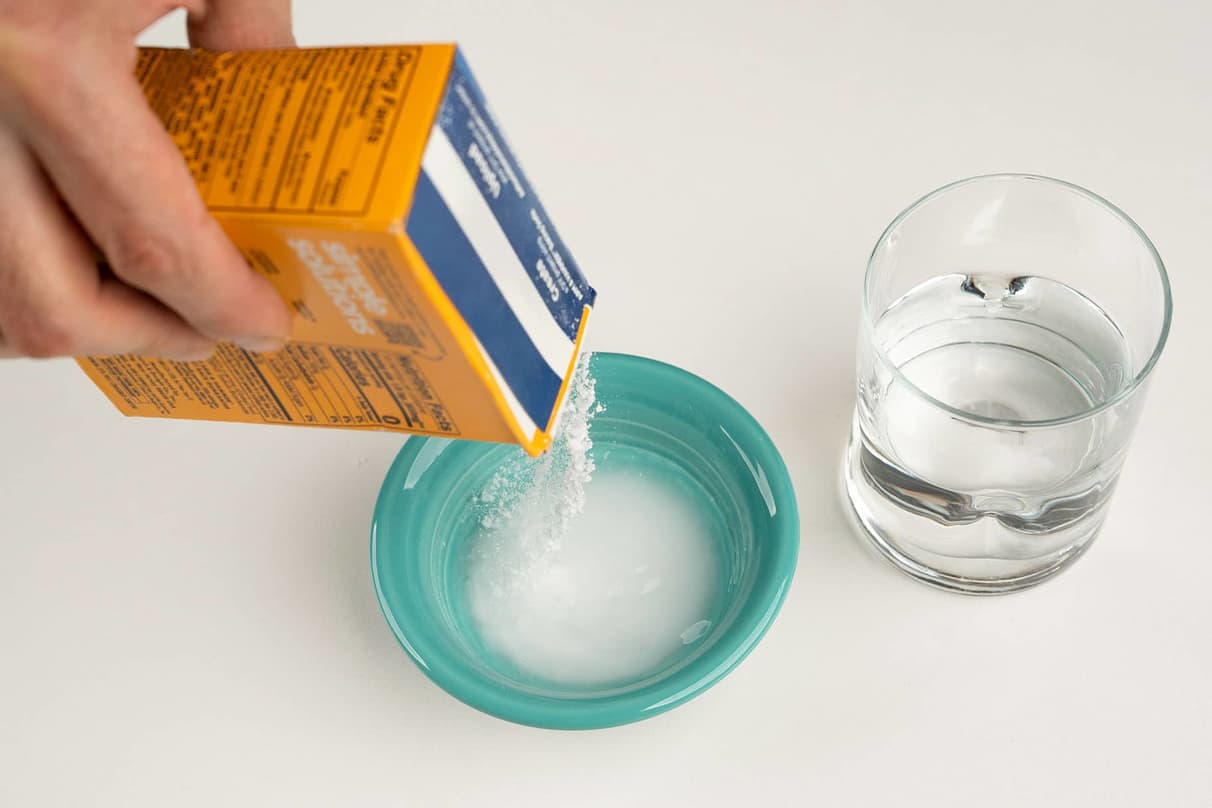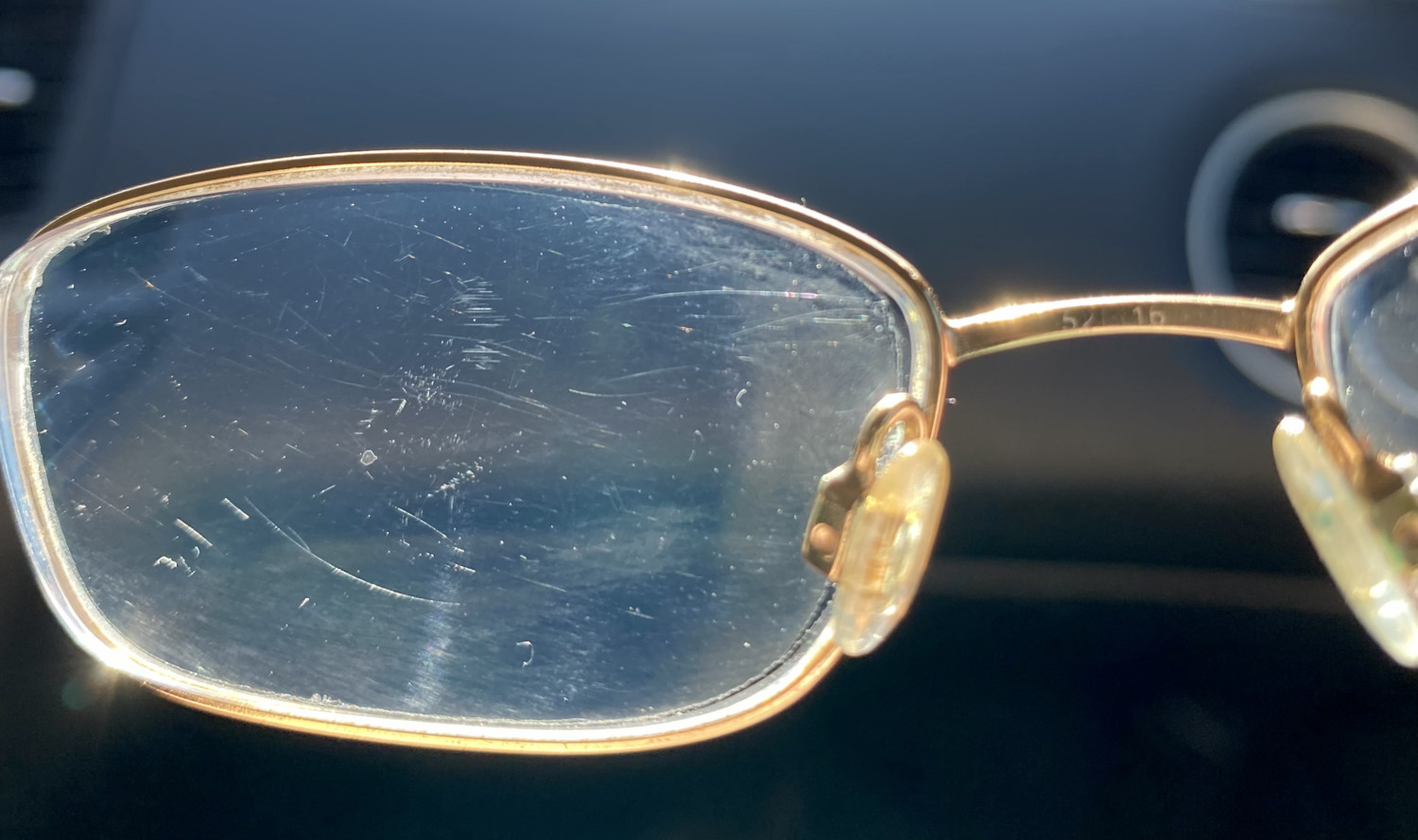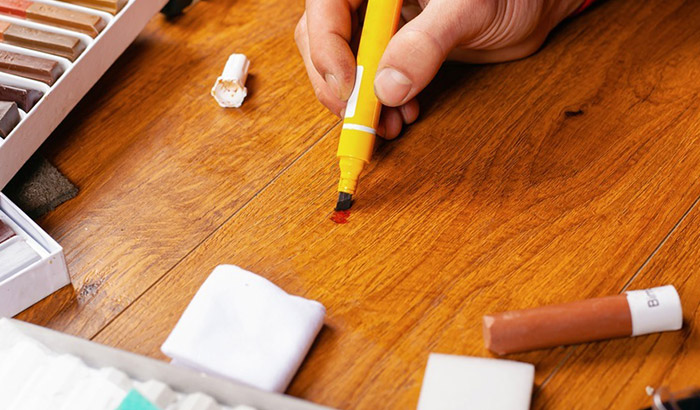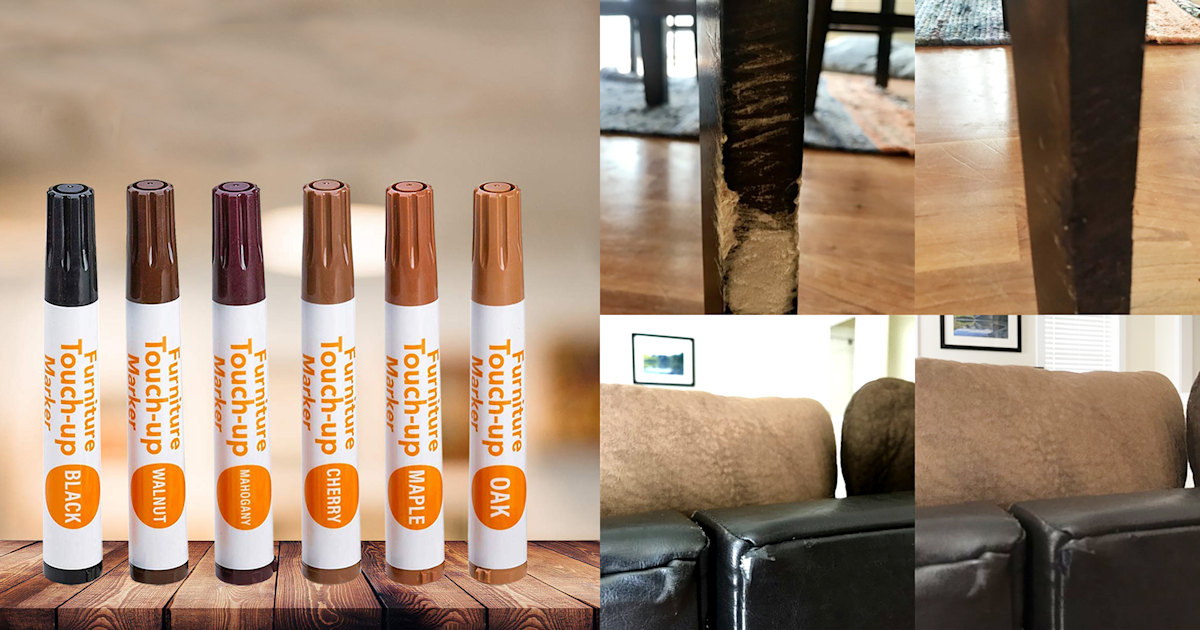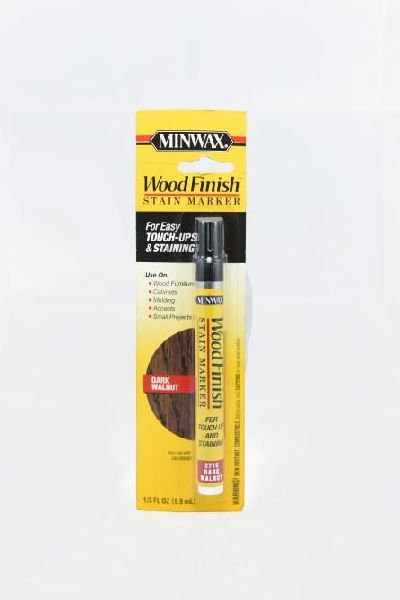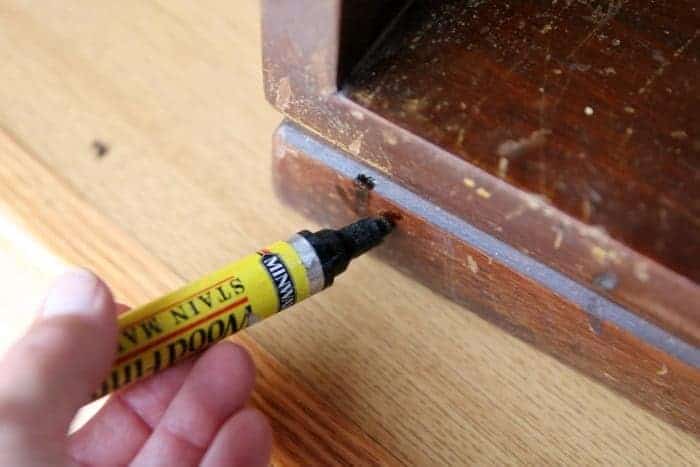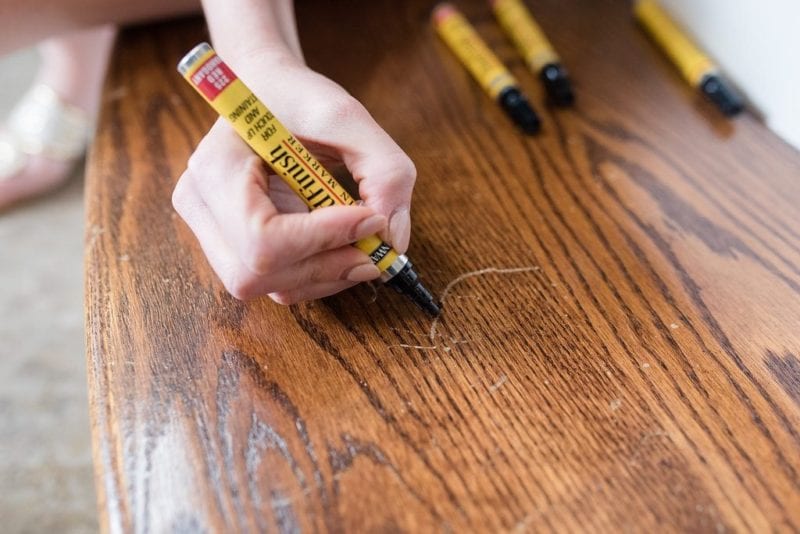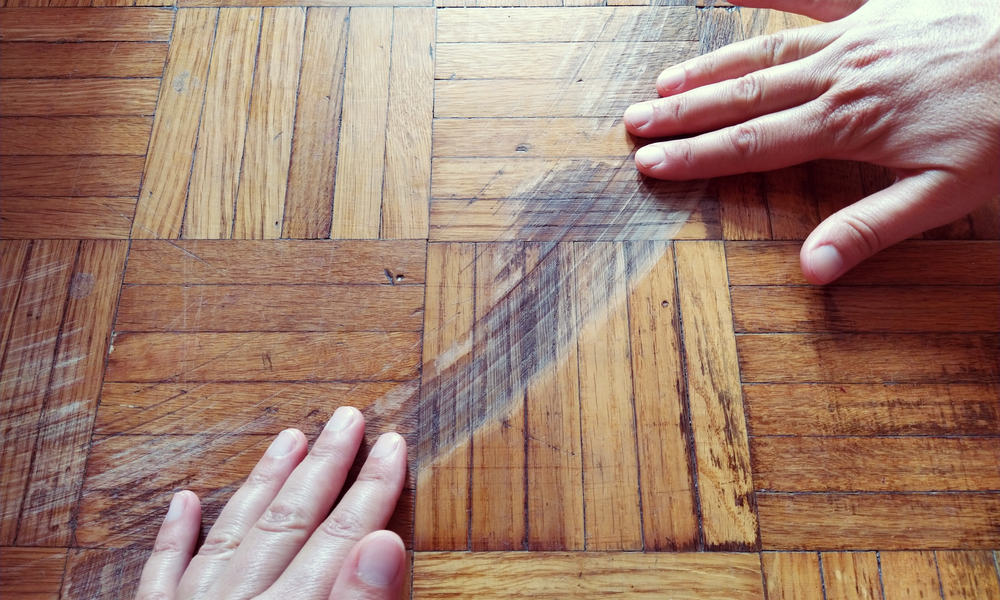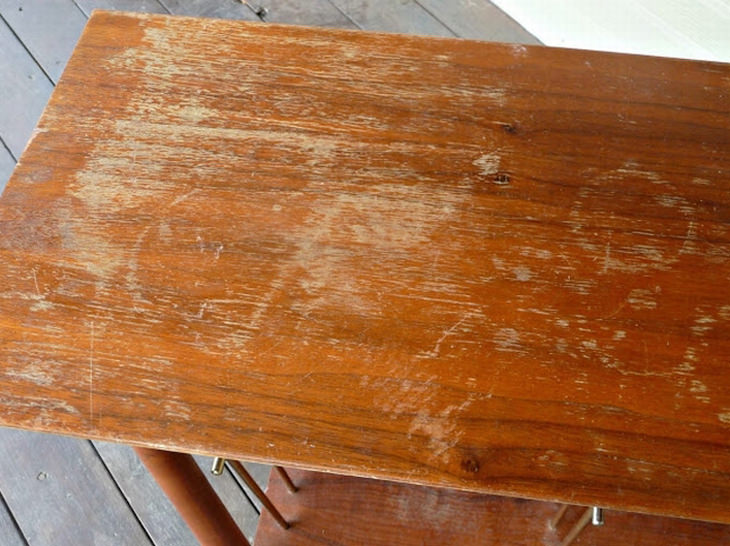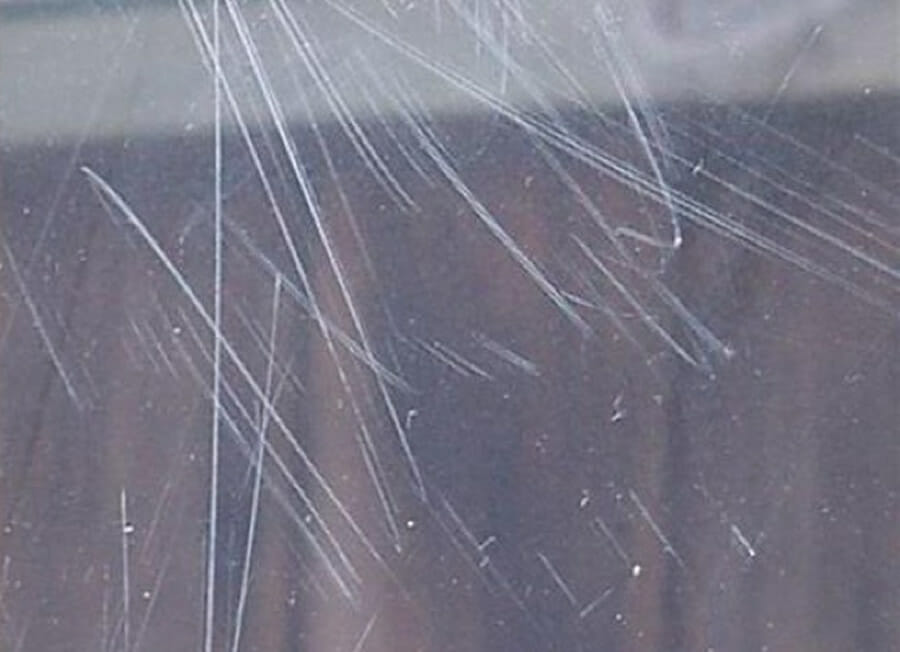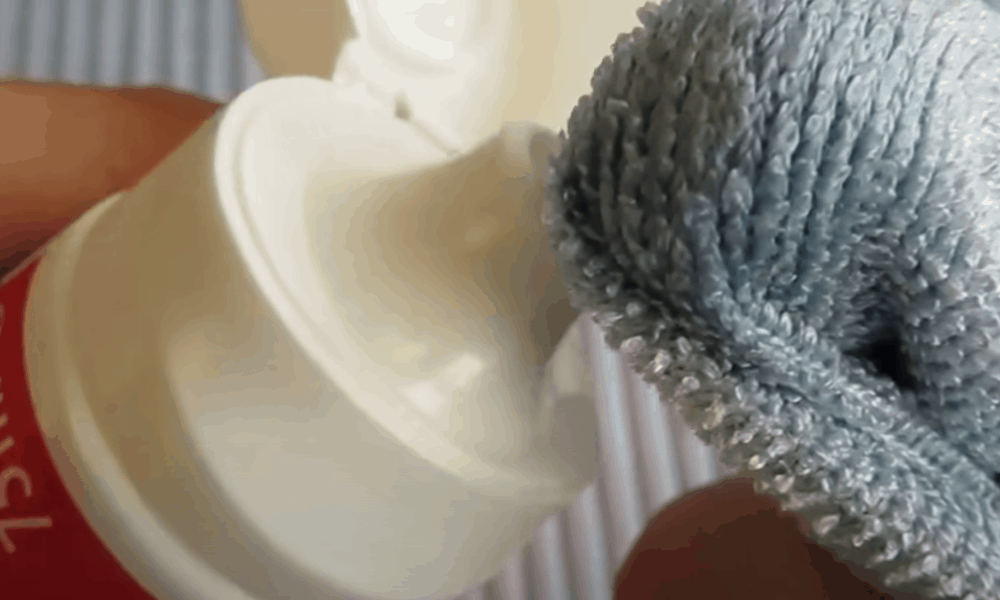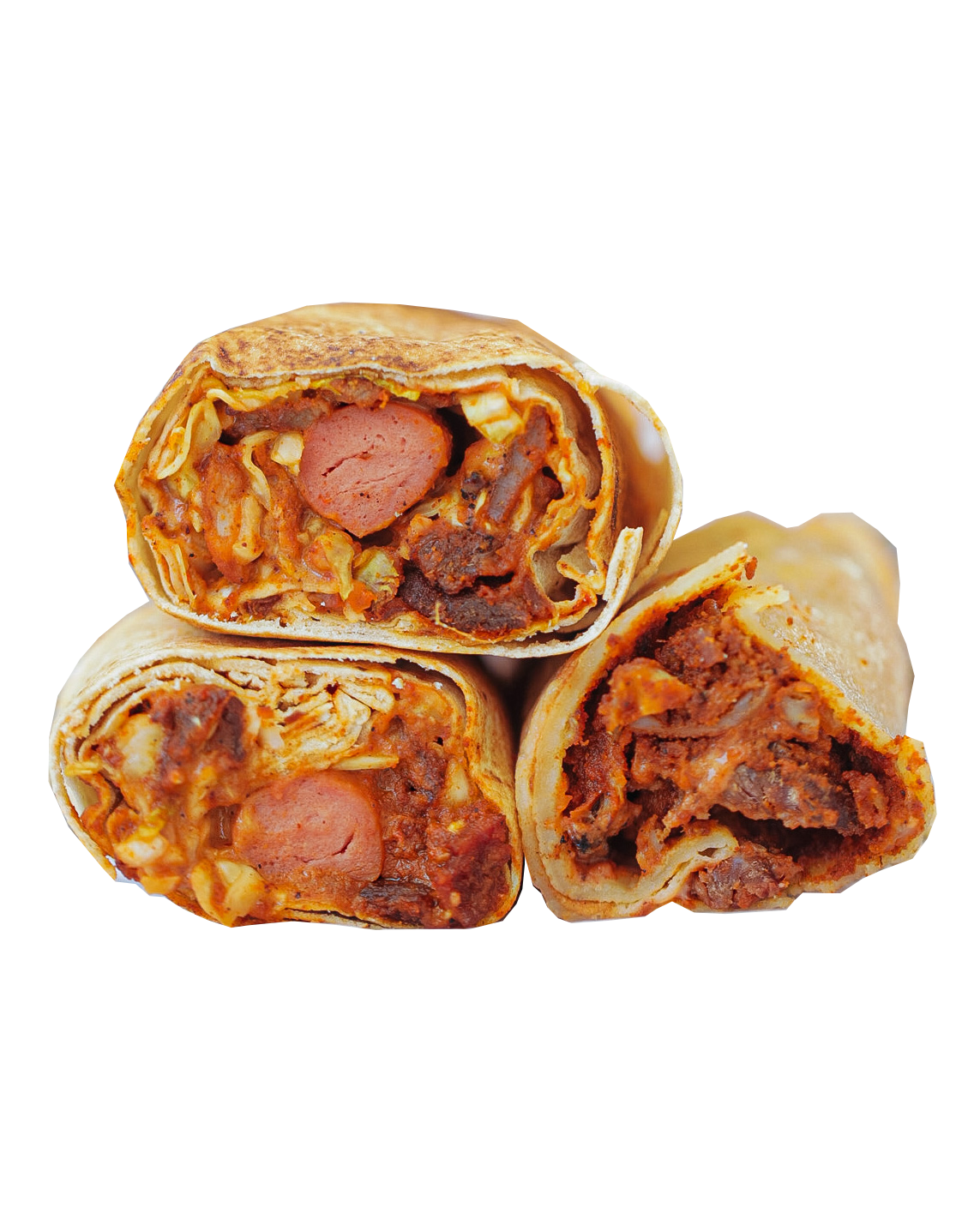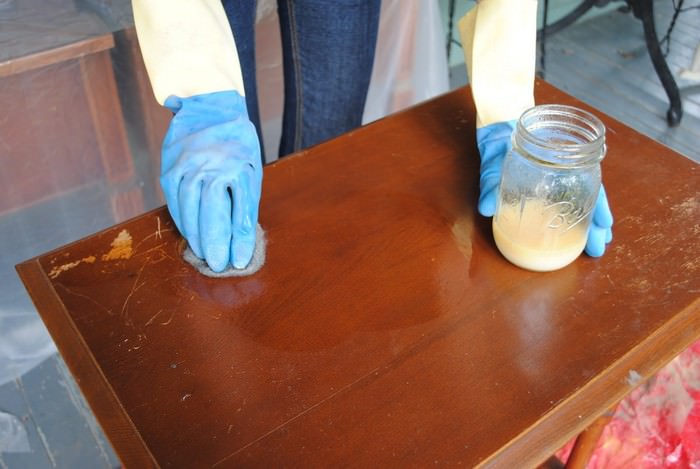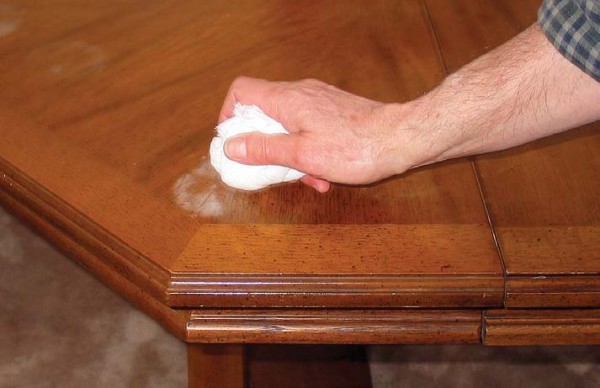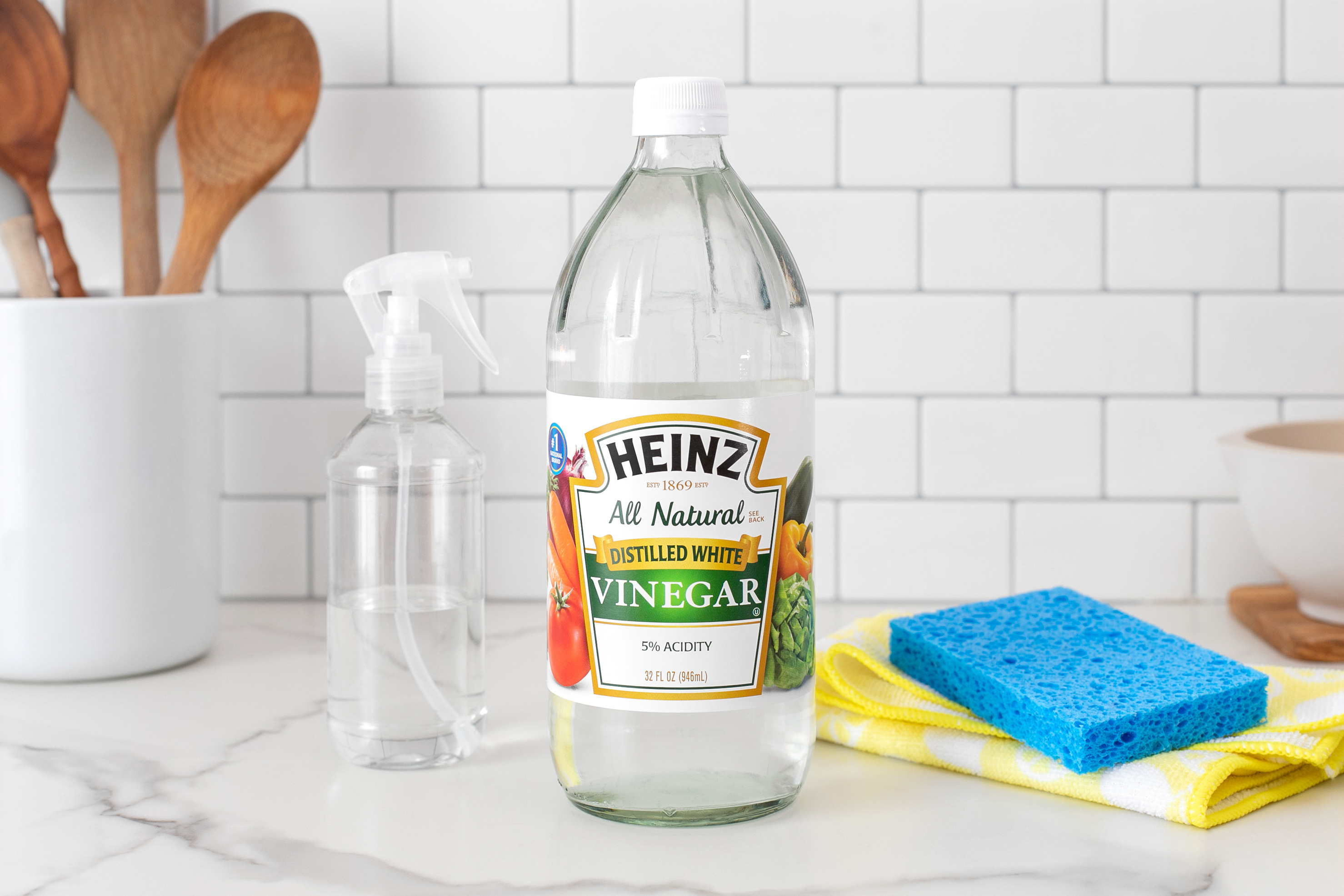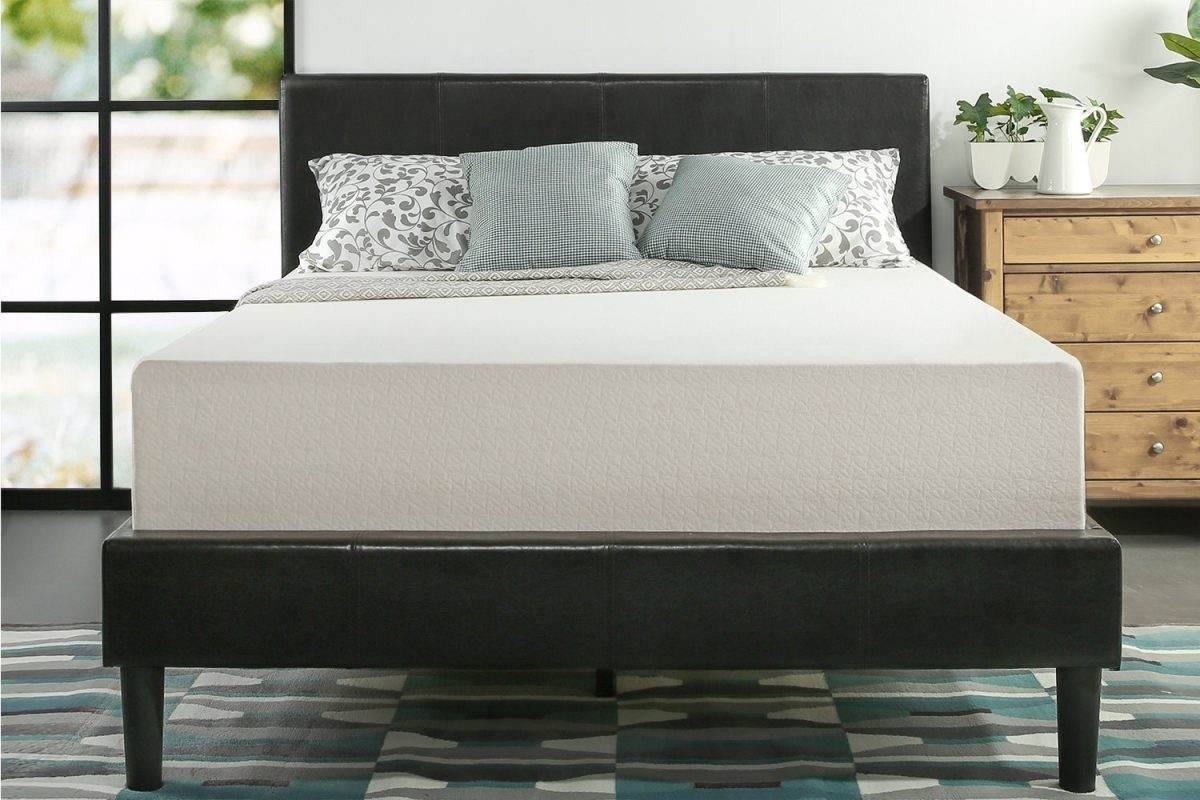If your kitchen table is starting to look worn and scratched, don't panic! There are simple and natural ways to get your table looking like new again. One effective method is to use a mixture of vinegar and olive oil to buff out those pesky scratches. Simply mix equal parts of both ingredients and apply it to the scratched area. Let it sit for a few minutes before wiping it off with a soft cloth. The vinegar will help to break down the scratches, while the olive oil will nourish and protect the wood.1. Use a mixture of equal parts vinegar and olive oil to buff out scratches on your kitchen table.
If you prefer to use household items to fix scratches on your kitchen table, then a paste made of baking soda and water might be the solution for you. Mix a small amount of baking soda with enough water to make a thick paste. Apply the paste to the scratches and gently rub it in using a soft cloth. This method is gentle on the wood and can help to buff out the scratches without causing any further damage.2. Try using a paste made of baking soda and water to gently rub out scratches on your table.
Believe it or not, a simple walnut can be a great remedy for scratches on your kitchen table. The natural oils in the walnut can help to mask the scratches and make them less noticeable. Simply take a walnut and rub it over the scratched area, making sure to cover the entire surface. Then, use a soft cloth to buff the area and remove any excess oil. This method is quick, easy, and can be done with items you likely already have in your pantry.3. Use a walnut to rub over scratches on your table, the natural oils can help to hide them.
If you're looking for a natural and effective way to remove scratches from your kitchen table, look no further than your kitchen cabinets. Mixing equal parts lemon juice and vegetable oil can create a powerful scratch remover. The acidity of the lemon juice will help to break down the scratches, while the oil will nourish and protect the wood. Apply the mixture to the scratches and let it sit for a few minutes before wiping it off with a soft cloth.4. Mix equal parts lemon juice and vegetable oil to create a natural scratch remover for your kitchen table.
For small and shallow scratches on your kitchen table, a furniture touch-up marker can be a quick and easy solution. These markers come in a variety of colors and can be used to fill in scratches and make them less noticeable. Simply choose a marker that closely matches the color of your table, and carefully fill in the scratches. Once the marker has dried, you can buff the area with a soft cloth to blend it in with the rest of the table.5. Use a furniture touch-up marker to fill in scratches on your table and make them less noticeable.
If your kitchen table has deeper scratches or dings, a wood stain marker may be a better option for covering them up. These markers come in a variety of wood tones and can be used to fill in scratches and dings. Simply choose a marker that closely matches the color of your table, and carefully fill in the damaged areas. Once the marker dries, you can use a soft cloth to buff the area and blend it in with the rest of the table.6. Try using a wood stain marker to cover up scratches on your kitchen table.
If you're in a pinch and need a quick fix for scratches on your kitchen table, toothpaste can be a surprisingly effective solution. Simply apply a small amount of toothpaste to a soft cloth and gently rub it over the scratches. The gentle abrasives in the toothpaste can help to buff out the scratches, while the whitening agents can help to lighten their appearance. Be sure to use a non-gel toothpaste for best results.7. Use a soft cloth and some toothpaste to gently buff out scratches on your table.
This may sound like an unusual solution, but mayonnaise can actually be quite effective in removing scratches from your kitchen table. Simply apply a layer of mayonnaise to the scratched area and let it sit for a few hours. The oils in the mayonnaise will penetrate the scratches and help to reduce their appearance. After a few hours, wipe off the mayonnaise with a soft cloth and buff the area to reveal a smoother surface.8. Apply a layer of mayonnaise to scratches on your table and let it sit for a few hours before wiping it off.
If the scratches on your kitchen table are particularly stubborn, try using a mixture of equal parts vinegar and olive oil to remove them. This powerful combination can help to buff out scratches and restore the shine to your table. Apply the mixture to the scratched area and let it sit for a few minutes before wiping it off with a soft cloth. You may need to repeat this process a few times for deeper scratches, but the results will be worth it.9. Use a mixture of equal parts vinegar and olive oil to create a natural scratch remover for your kitchen table.
If your kitchen table has deep scratches, dings, or even cracks, a furniture repair kit may be your best option for restoring it to its former glory. These kits come with everything you need to repair and refinish your table, including wood filler, sandpaper, and stain. Simply follow the instructions carefully and you'll be able to fill in and cover up scratches, dings, and other damage to make your table look like new again.10. Try using a furniture repair kit to fill in and cover up scratches on your table.
Additional Tips for Removing Scratches from Your Kitchen Table

1. Try using a wood repair kit
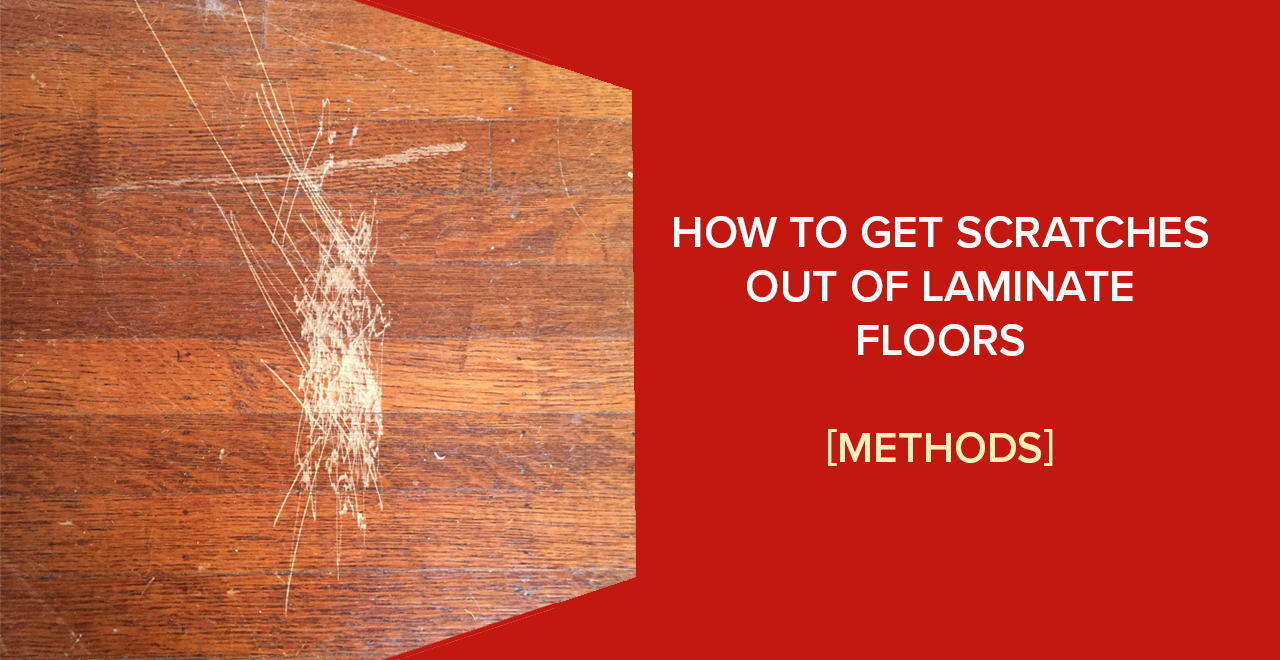 If your kitchen table is made of wood, a wood repair kit can be an effective solution for removing scratches. These kits typically come with a variety of colored wax fillers that can be used to fill in and cover up scratches. Simply choose a color that closely matches your table's finish and follow the instructions on the kit to fill in the scratches. Once the wax has dried, use a soft cloth to buff the area and blend the wax with the rest of the table's surface.
If your kitchen table is made of wood, a wood repair kit can be an effective solution for removing scratches. These kits typically come with a variety of colored wax fillers that can be used to fill in and cover up scratches. Simply choose a color that closely matches your table's finish and follow the instructions on the kit to fill in the scratches. Once the wax has dried, use a soft cloth to buff the area and blend the wax with the rest of the table's surface.
2. Use a mixture of vinegar and olive oil
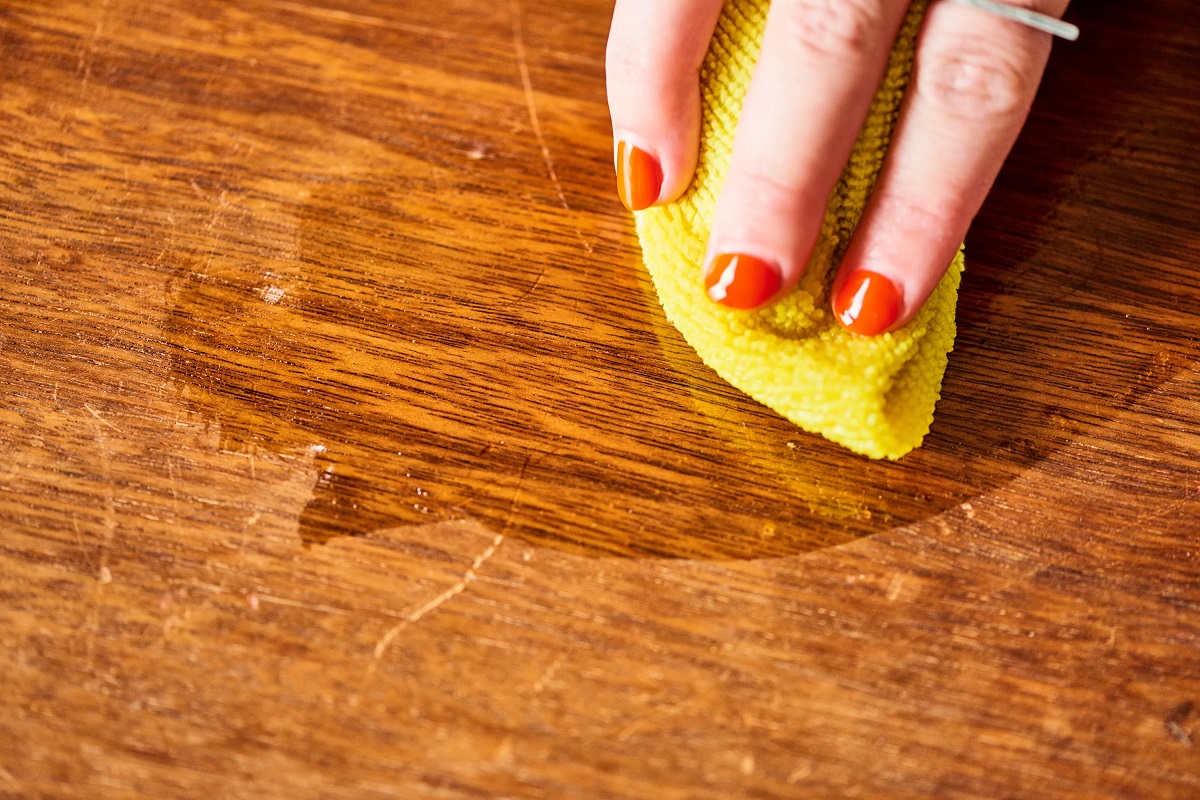 For a natural and eco-friendly option, mix equal parts vinegar and olive oil together in a small bowl. Dip a soft cloth into the mixture and gently rub it onto the scratches. The vinegar will help to clean and disinfect the surface, while the olive oil will help to nourish and fill in the scratches. After buffing the area with the mixture, wipe it clean with a separate cloth.
For a natural and eco-friendly option, mix equal parts vinegar and olive oil together in a small bowl. Dip a soft cloth into the mixture and gently rub it onto the scratches. The vinegar will help to clean and disinfect the surface, while the olive oil will help to nourish and fill in the scratches. After buffing the area with the mixture, wipe it clean with a separate cloth.
3. Consider sanding and refinishing
 If your kitchen table has deep scratches or damage, sanding and refinishing may be necessary to fully remove them. This process involves gently sanding down the surface of the table to remove any imperfections and then applying a new coat of stain or varnish to restore its original finish. It's important to note that this option may be more time-consuming and may require some skill, so it's best to consult a professional if you are unsure about tackling this yourself.
If your kitchen table has deep scratches or damage, sanding and refinishing may be necessary to fully remove them. This process involves gently sanding down the surface of the table to remove any imperfections and then applying a new coat of stain or varnish to restore its original finish. It's important to note that this option may be more time-consuming and may require some skill, so it's best to consult a professional if you are unsure about tackling this yourself.
4. Prevent future scratches
 Once you have successfully removed the scratches from your kitchen table, it's important to take preventative measures to avoid future damage. Consider using coasters, placemats, and trivets to protect the surface from hot dishes and spills. You can also apply a protective wax or sealant to the table's surface to help prevent scratches and keep it looking like new.
In conclusion, while scratches on your kitchen table may seem like an eyesore, they can be easily remedied with the right techniques. Whether you choose to use a wood repair kit, natural remedies like vinegar and olive oil, or opt for sanding and refinishing, your kitchen table can be restored to its former glory. And by taking preventative measures, you can ensure that your table stays scratch-free for years to come.
Once you have successfully removed the scratches from your kitchen table, it's important to take preventative measures to avoid future damage. Consider using coasters, placemats, and trivets to protect the surface from hot dishes and spills. You can also apply a protective wax or sealant to the table's surface to help prevent scratches and keep it looking like new.
In conclusion, while scratches on your kitchen table may seem like an eyesore, they can be easily remedied with the right techniques. Whether you choose to use a wood repair kit, natural remedies like vinegar and olive oil, or opt for sanding and refinishing, your kitchen table can be restored to its former glory. And by taking preventative measures, you can ensure that your table stays scratch-free for years to come.



